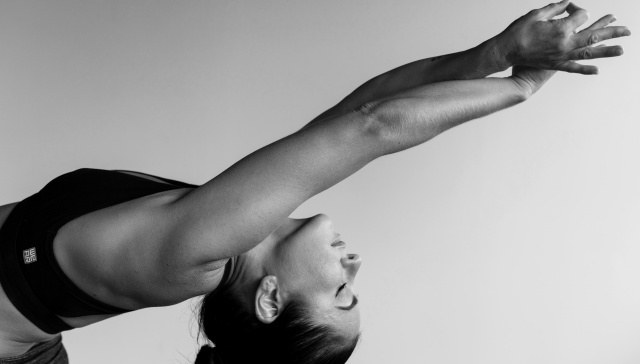Yoga Nidra
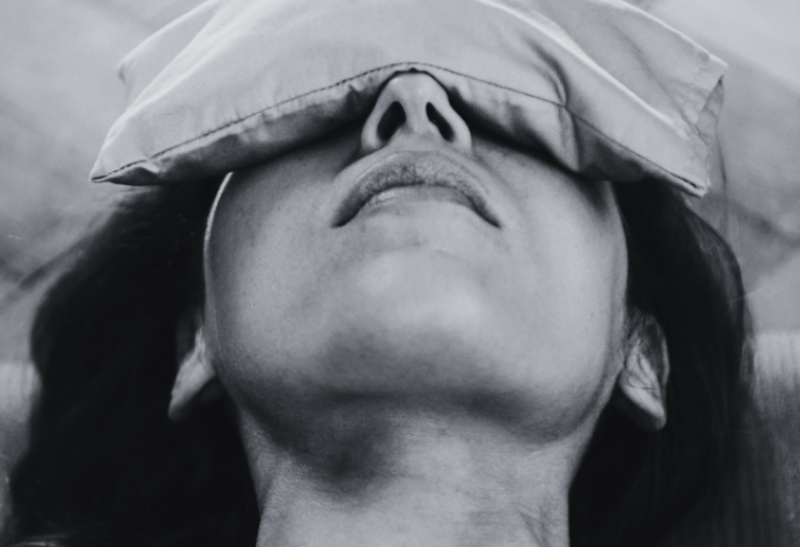
What Is Yoga Nidra?
Yoga Nidra, also called "yogic sleep" is essentially a technique used to slow down the racing thoughts in the mind and bring you to a state of deep, replenishing relaxation. Yoga Nidra is a relaxation technique similar to pranayama, where you're in a state of consciousness and you focus on your own body.
Meditation can look similar to Yoga Nidra in a different position, but Meditation is a practice of focus and concentration, whereas the intention in Yoga Nidra is for the mind to completely let go from any focus. In Yoga Nidra, the mental release comes from letting go.
When Was Yoga Nidra created?
The practice of yoga has been around for centuries and the origins of Yoga Nidra are first noted around 800 to 300 BC, being mentioned in the Upanishads and the Mahabharata.
More recently, around the middle of the 20th century, Swami Satyananda Saraswati is considered as the yoga nidra modern reference who taught the way it is still practised today. His teacher was Swami Sivananda, founder of Sivananda Yoga.
He wrote a book "Yoga Nidra" where he explains the theory of Yoga Nidra in both yogic and scientific terms and includes class transcriptions of the practice.
Swami Satyananda Saraswati wrote dozens of books and in 1964, he founded the Bihar School of Yoga.
As our classically Satyananda trained Yoga Nidra teacher Yanar explains:
"Yoga Nidra is a powerful practice—one that has been my anchor for nearly 20 years. More than just a relaxation practice, it offers deep physical, mental and emotional rest, creating space for healing, growth, creativity, inspiration and transformation. Moving through its eight stages, you access layers of the conscious and subconscious mind, drifting between wakefulness and sleep. And if you nod off? That’s completely normal – the practice is still working its magic in the background."
Richard Miller, a US clinical psychologist, has worked on rehabilitating soldiers suffering from PTSD using Yoga Nidra. He created the Irest methodology, he is the president of the IRI ( Integrative Restoration Institute) and has worked on the benefits of yoga and yoga therapy for more than 40 years.
Who Is Yoga Nidra For?
Absolutely anyone can practice yoga nidra, you can practise even if you are a beginner or unfit.
It is suitable for those who have never practised yoga before, right up to yogis who have been practising for many years.
What sets Yoga Nidra apart from some of the other forms of yoga is that you don't need to be fit or flexible as you don't move at all: ideal for people with mobility issues, following surgery or injury and more. It's also great for young people and the not-so-young. It really is an all-encompassing for of yoga that truly anyone can do.
Practice Yoga Nidra Online
You don't need any special equipment to practice yoga nidra. Not even a yoga mat.
In fact, you most likely have everything you need right at home. With Yoga Nidra, all you need to do is lie down in a comfortable position.
Yoga Nidra is known to help fall asleep and sleep well - so practising online is ideal for this type of yoga. You don't have to get up and change after the session, or walk, catch a train or drive. You can just get into bed!
We offer live-stream Yoga Nidra classes many times a week, so you can practise with a real-life teacher from home.
Set up your yoga mat and use a few cushions for extra comfort. However, if you find you can't fully relax on a yoga mat, you can practice Yoga Nidra on a comfortable couch or even in bed. If there is no other way for you to get comfortable, you can even get into a comfortable reclining position in a chair.
Just be aware of the room or space you want to use for your Yoga Nidra session. Isolate yourself, it's not possible to relax if people are walking around you, or if the TV is on... Avoid noisy or high-traffic areas as well, as you will be distracted and won't be able to get the best out of your session. Make sure the room is warm, without being too warm. Choose a room with a wooden floor or carpet to avoid getting the cold from tiles. Reduce the light and get as comfortable as you can. Don't forget to kick your pet out of the room!
What to wear in a yoga nidra class?
Ensure the clothing you are wearing is comfortable and keeps you warm. As you are lying still on the ground it can get cold - depending on the type of flooring you have. It is best to wear loose, comfortable clothing that is not constrictive in any way. Choose loose trousers instead of leggings, and wear a jumper and enough clothes to not get cold. avoid oversize clothing though as you don't want any lump in between your body and the ground.
If you are practising online from home, just wear your pyjamas and cover yourself with your duvet so you can go straight to bed afterwards!
What to Expect In A Yoga Nidra class?
Even though Yoga Nidra does not involve any movements, besides breathing, knowing what to expect will ensure you have a positive experience. Some of the things you should look into before you start include:
Main Poses - There is really only one main pose for Yoga Nidra and that is "the corpse pose", otherwise known as the Savasana pose, the last asana of a usual yoga class.
In essence, all you need to do is lie down in a supine position and relax. Avoid having the head tilted back by using a folded blanket under your head, and position your arm and legs slightly away from your body, palm of the hands facing the ceiling. Cover yourself with a blanket to help you feel warm and secure.
The Pace - The beauty of Yoga Nidra is that almost anyone can do it. There is no pace to concern yourself with as you will be in a still, supine position for the duration of the session. Tune in to the teacher's voice and let go.
The teacher will take you through 8 stages of Yoga Nidra, from getting ready to setting an intention, running a full body scan for you to focus on different parts of your body, and giving you visualisation clues.
Class/Session Duration - Sessions last 15 minutes, 30 minutes or 45 minutes. The longer you stay the more benefits! It is being said that a 30-minute Yoga Nidra practice is equivalent to 2-4 hours of actual sleep.
Fitness Level Required - You can be as fit as a pro athlete to do Yoga Nidra or it may have been weeks, months or years since you last really exercised. People of any fitness level can engage in a Yoga Nidra session. It can be challenging for some people to stay still, in that case breathing or shaking gently the limbs can help.
Step By Step Yoga Nidra 8 Stages
The first and most obvious step for Yoga Nidra is lying down. Always lie down with bent legs and ensure your lower back is flat on the floor. You can use a bolster under your knees and a folded blanket under your head. Once you achieve maximum comfort, there are 8 main stages that our teachers will take you through.
1. Settling in and Inner Preparation
This stage focuses on grounding yourself in the present moment by finding comfort in your body. Typically, you’ll lie on your back in Savasana (corpse pose) or another relaxed position and gently close your eyes. The aim is to calm the mind and bring attention inward. This stage sets the foundation by creating an environment conducive to relaxation.
Key elements:
- Lie in a comfortable position.
- Tune into your breath.
- Create a sense of stillness.
2. Setting an Intention (Sankalpa)
The Sankalpa is a positive affirmation or heartfelt resolve that becomes the guiding light during your practice. It could be an intention for growth, healing, or self-improvement. For example, "I am calm and at peace" or "I radiate positivity and compassion". The intention is short, specific, and resonates deeply with you.
Key elements:
- Choose a meaningful intention.
- Mentally repeat it with conviction.
3. Body Scan and Awareness of Sensations
This stage involves systematically moving attention across different parts of your body. The goal is to connect your mind with your physical body and release tensions held within. A typical body scan starts from the toes and moves upwards to the head (or vice versa).
Key elements:
- Focus on specific body parts (e.g., toes, ankles, legs).
- Observe without judgement, simply noticing sensations or lack thereof.
4. Breath Awareness
Here, attention shifts to the natural rhythm of your breath. You are invited to notice the gentle rise and fall of your abdomen, the flow of air through your nostrils, and the overall sensation of breathing. This stage deepens relaxation and steadies the mind.
Key elements:
- Observe the breath as it is (without trying to control it).
- Allow your breath to guide you deeper into calmness.
5. Welcoming Opposites (Sensory Awareness)
This stage introduces the concept of dualities such as heaviness and lightness, heat and coolness, and comfort and discomfort. By consciously experiencing these pairs of opposites, the mind becomes more attuned to a sense of balance and equanimity.
Key elements:
- Acknowledge contrasting physical or emotional sensations.
- Avoid resistance; simply allow experiences to arise and settle.
6. Visualisation
This stage uses the power of imagination and mental imagery to guide you further into relaxation. A teacher may ask you to visualise calming scenes, such as walking through a forest or seeing a sunrise. Alternatively, symbolic images, like a lotus flower or an open sky, may be used to invoke deeper states of awareness.
Key elements:
- Follow the visuals described by the guide.
- Stay present with the images and emotions they evoke.
7. Experience of Pure Awareness
At this stage, you transcend the physical and sensory layers to rest in a state of pure awareness. Often referred to as experiencing the "witness consciousness," this is a state in which you are fully aware without becoming attached to thoughts, feelings, or sensations. It’s akin to observing your inner world like a calm and neutral observer.
Key elements:
- Detach from identification with thoughts and emotions.
- Rest in a state of peaceful awareness.
8. Returning and Reintegrating
The final stage gently brings you out of the practice, guiding your awareness back to the external world. You may become more aware of your surroundings, your breath, and your body. This stage allows you to return with a renewed sense of calmness, clarity, and rejuvenation.
Key elements:
- Gradually shift your awareness outward.
- Revisit your Sankalpa (intention) to reinforce it in your mind.
- Slowly transition out of your resting posture.
Mantras & Breathing Techniques Used In Yoga Nidra
Some teachers start the session by chanting "Om" or "Aum". It is one of the most popular mantras, symbolising supreme wisdom, immortality and eternity. Join the teacher in chanting the 3 Oms if you wish; it's an excellent way to start working on your breathing and evacuate any tension.
Breathing techniques
The breathing techniques used in Yoga Nidra are very similar to the ones used in all yoga sessions. For the most part, breathing during yoga focuses on each breath with the yogi being conscious of each breath entering the body and exiting. Some of the main breathing techniques include:
Shallow Breathing: This involves being of each breath up to the region of your collarbone.
Middle Breathing: Feel each breath as it enters your chest region.
Deep Breathing: Focus on each breath as it enters deep into your abdomen.
The teacher will guide you through the different stages of breathing during the session.
The Benefits Of Yoga Nidra
Yoga is known to have an impact on the nervous system, and many experts suggest the following benefits of Yoga Nidra and meditation in general:
- Fall asleep faster
- Improve the quality of sleep
- Reduce stress and the sensation of pain
- Reduce stress and anxiety
- Lower instances of depression
- Improve your overall sense of well-being
- Boost your confidence and self-esteem
- Slow down your heart rate
- Alleviate negative feelings
- Lower blood sugar levels
- Increase your overall awareness
If you like Yoga Nidra, you'll also like these yoga types:
If you enjoy Yoga Nidra and deep relaxation and meditation, you might like these forms of supported yoga practises as well:
Why not try them and see if you like them?
Best Yoga Nidra Books
Yoga Nidra by Swami Satyananda Saraswati - published by Nesma Books
Miller, Richard. The iRest Program for Healing PTSD: A Proven-Effective Approach to Using Yoga Nidra Meditation and Deep Relaxation Techniques to Overcome Trauma, New Harbinger, 2015.
Yoga Nidra for Complete Relaxation & Stress Relief by Julie Lusk
Yoga Nidra Meditation by Swami Jnaneshvara Bharati
Yoga Nidra Teacher Training
You can train to be a yoga nidra teacher early in your yoga journey, as it is a "safe" practice, mostly sitting or lying on the mat and the risk of injuries is low.
Some yoga nidra teacher training only takes one day, and are available live-streamed.
You can book a yoga nidra teacher training with one of our teachers Candice O'Keefe.
Best Yoga Nidra YouTube Videos
30 minute Yoga Nidra for deep rest
https://www.youtube.com/watch?v=8mM5Oks8yZc&ab_channel=AllyBoothroyd%7CSarovaraYoga
Yoga Nidra 20 Minute Guided Meditation
https://www.youtube.com/watch?v=7H0FKzeuVVs&ab_channel=LizzyHill
Yoga Nidra - Swami Niranjananand Saraswati - 30 minutes
https://www.youtube.com/watch?v=CtePJbJokWg&ab_channel=mgvyoga
Our Yoga Nidra teachers
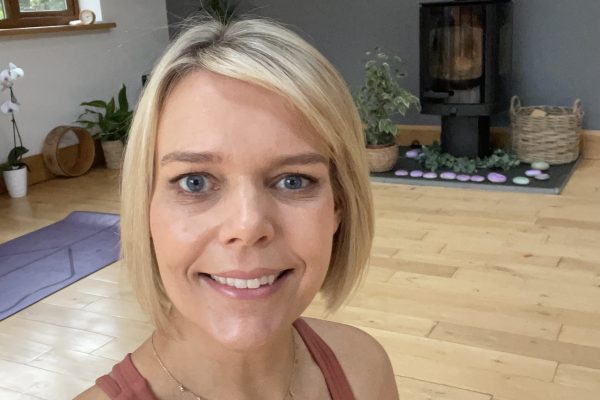
Joanna Roffey
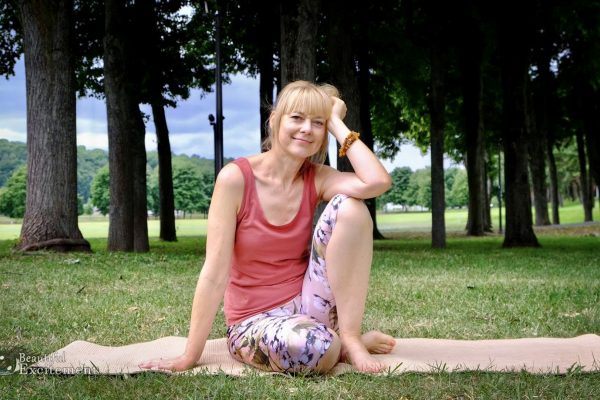
Loreta Keburyte

Jacqueline Farrant
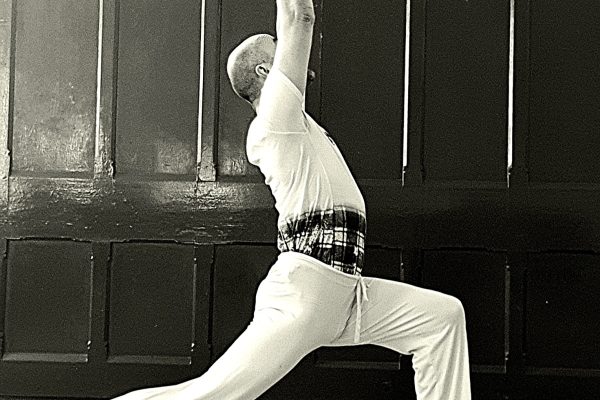
Jules Douglas

Kara Barrett

 Live Yoga Teachers
Live Yoga Teachers
